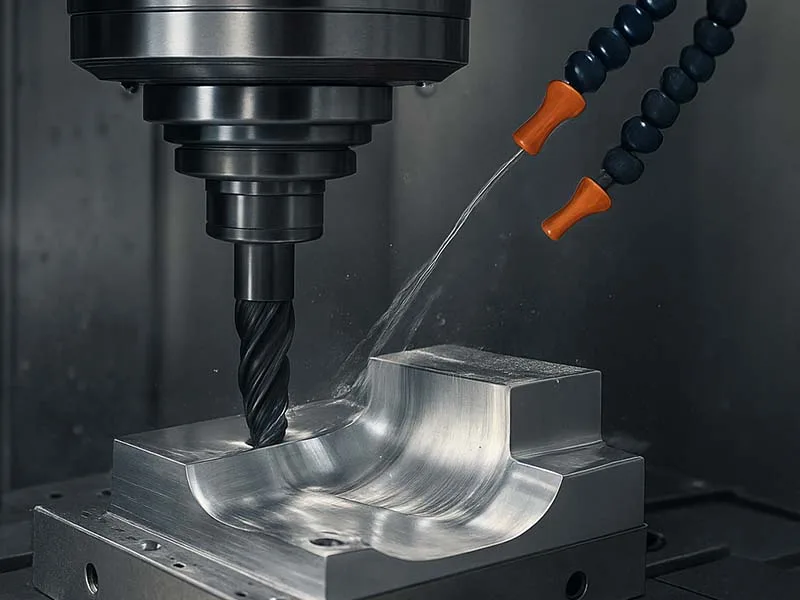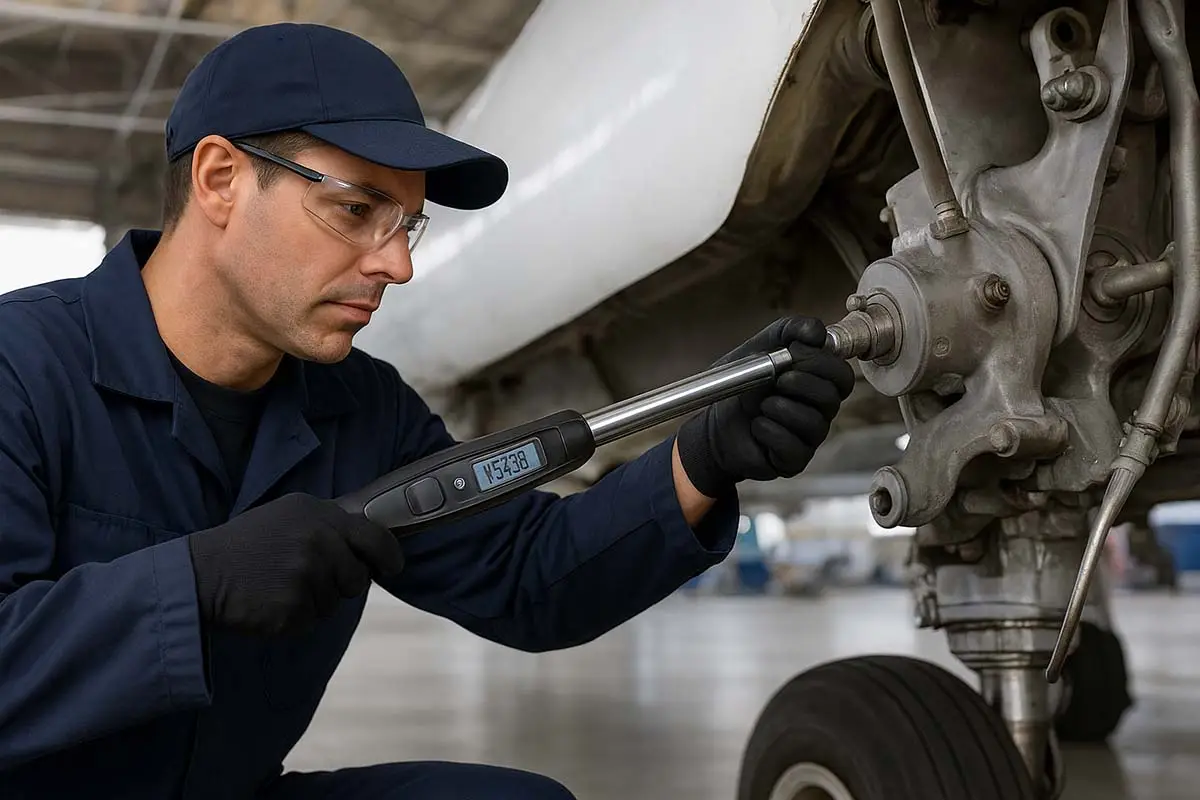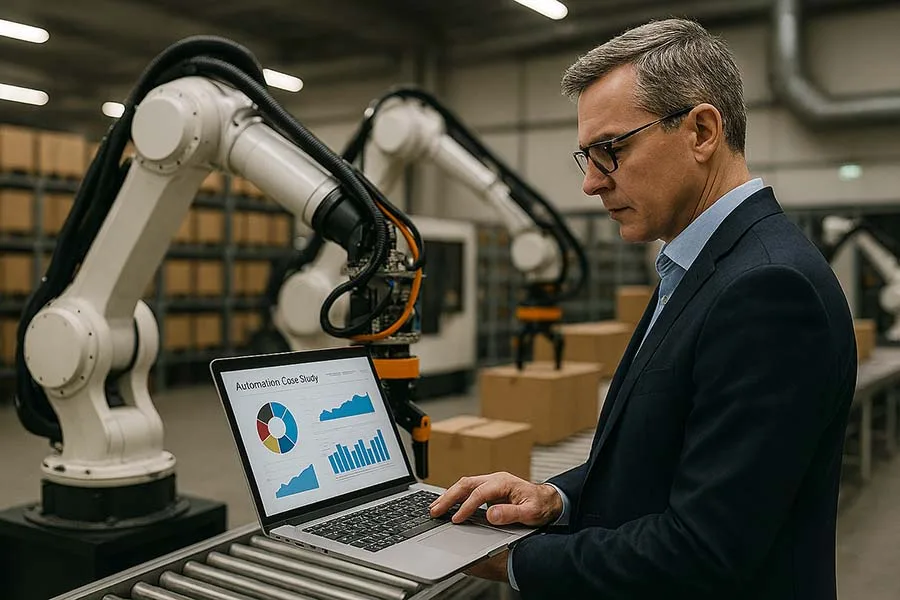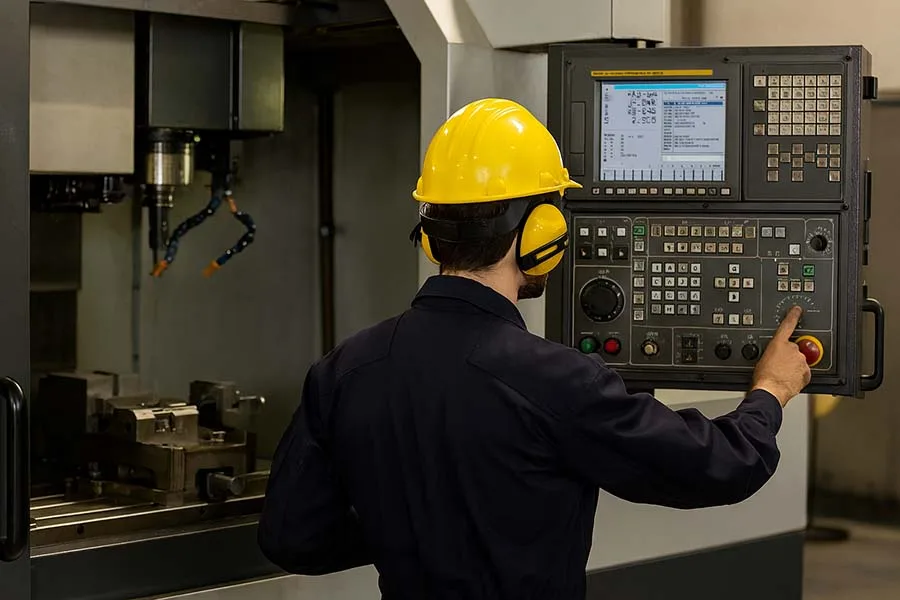What Is CNC Machining?
CNC machining—short for Computer Numerical Control machining—is a subtractive manufacturing process where computer-guided tools remove material from a solid block (metal, plastic, wood, composites) to create precise, custom-designed parts. The process uses G-code and M-code—programming languages that instruct machines on movement, feed, speed, and tool changes.
In a typical workflow:
- A CAD model is designed.
- CAM software converts it into G-code.
- The machine is prepared (tools, stock material set up).
- The CNC machine executes the code—machine moves along axes, shaping the part.
- Post-processing and inspection follow.
Specialized features like canned cycles automate repetitive tasks (e.g., drilling, threading), enhancing efficiency. Some CNC systems even include automatic tool changers (ATCs), reducing downtime and enabling complex tool sequences.
Advantages – What CNC Machining Excels At
- Exceptionally High Precision & Consistency
Achieves tolerances as tight as 0.001 mm, delivering uniform quality across batches. - Versatile & Complex Geometries
Capable of machining intricate contours in materials from metals to composites. - Efficiency & Repeatability
Once programmed, machines can run with minimal human intervention—ideal for prototyping to medium-volume runs. - Design Retention & Reproducibility
Programs can be saved and reused, ensuring identical output regardless of operator. - Adaptability & Cost Flexibility
CAM software allows quick reprogramming for new parts; smart design choices can reduce costs.
Limitations – What to Watch Out For
- High Initial Cost & Setup Overhead
CNC machines demand significant capital investment, plus time and expertise to program and set up. - Material Waste
Subtractive nature means removed material often becomes scrap—less sustainable than additive methods. - Size & Accessibility Constraints
Machine enclosures limit working volume; hidden or internal features may need multiple setups or 5-axis milling. - Specialized Training Required
Operators need CAD/CAM proficiency and machining know-how. Automation may lead to erosion of manual machining skills. - Operational Costs & Maintenance
Tool wear, calibration, maintenance—plus, program errors can ruin parts—add ongoing costs.
Applications & Industries
- Aerospace & Defense: High-tolerance parts like airfoils, landing gear, titanium components.
- Medical Devices: Implants, surgical instruments with tight specs.
- Rapid Prototyping & Molds: Quick iterations, injection mold tooling.
- General Manufacturing: Automotive, electronics, agriculture, construction, and more.
Interesting Fact
The CNC revolution began in the 1940s with punched-card NC machines; by the 1970s, CNC with computerized controls took over, leading to today’s digital manufacturing era.
Lesser-Known Tip
Some CNC systems support sophisticated Bayesian-optimized operations, balancing feed rate, spindle speed, and depth of cut for both energy efficiency and surface finish—pushing green and precision goals simultaneously.
CNC Machining Explained FAQ
Want To Learn More?
- CNC Machining Fundamentals
- CNC Machining Explained: Precision, Process & Possibilities
- CNC Technology: From Punched Tape to Smart Machining
- Types of CNC Machines (Lathe, Mill, Router, Plasma, etc.)
- CNC Programming Languages (G-code, M-code)
- Most Common CNC Programming Errors
- CNC vs Manual Machining: Differences, Pros & Cons Explained
Wrap-Up
CNC machining is a powerful, precise, and adaptable manufacturing process that has transformed industries. It comes with challenges—costs, waste, training—but those are outweighed by its precision, speed, and scalability. As automation and optimization continue to evolve, CNC remains at the core of modern production.





